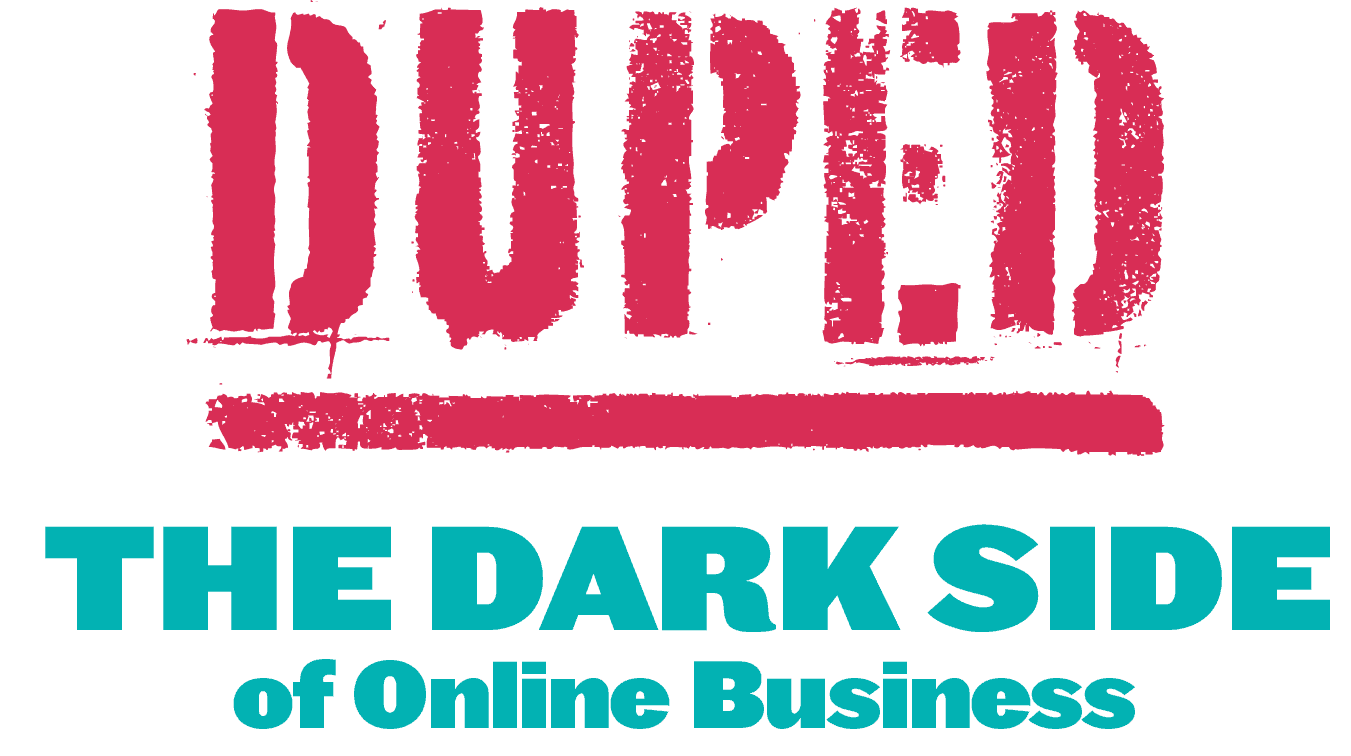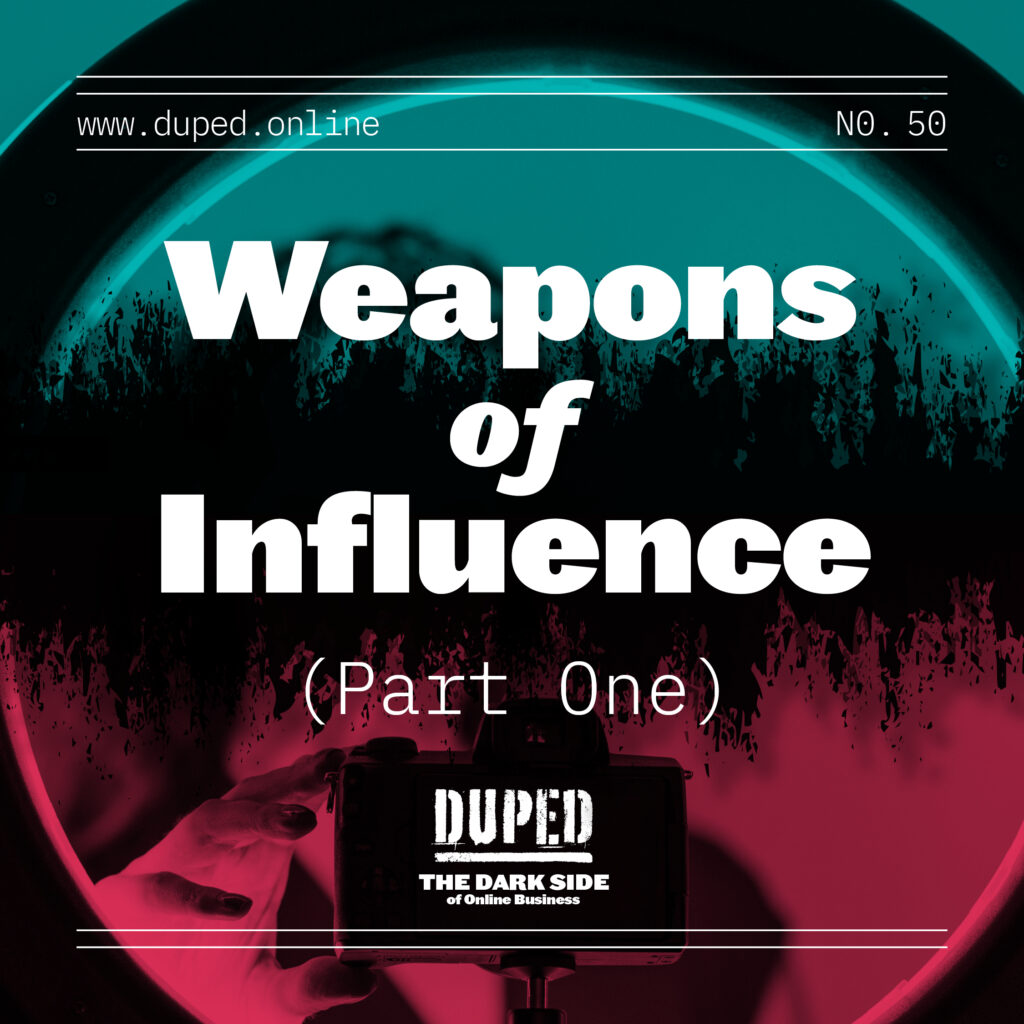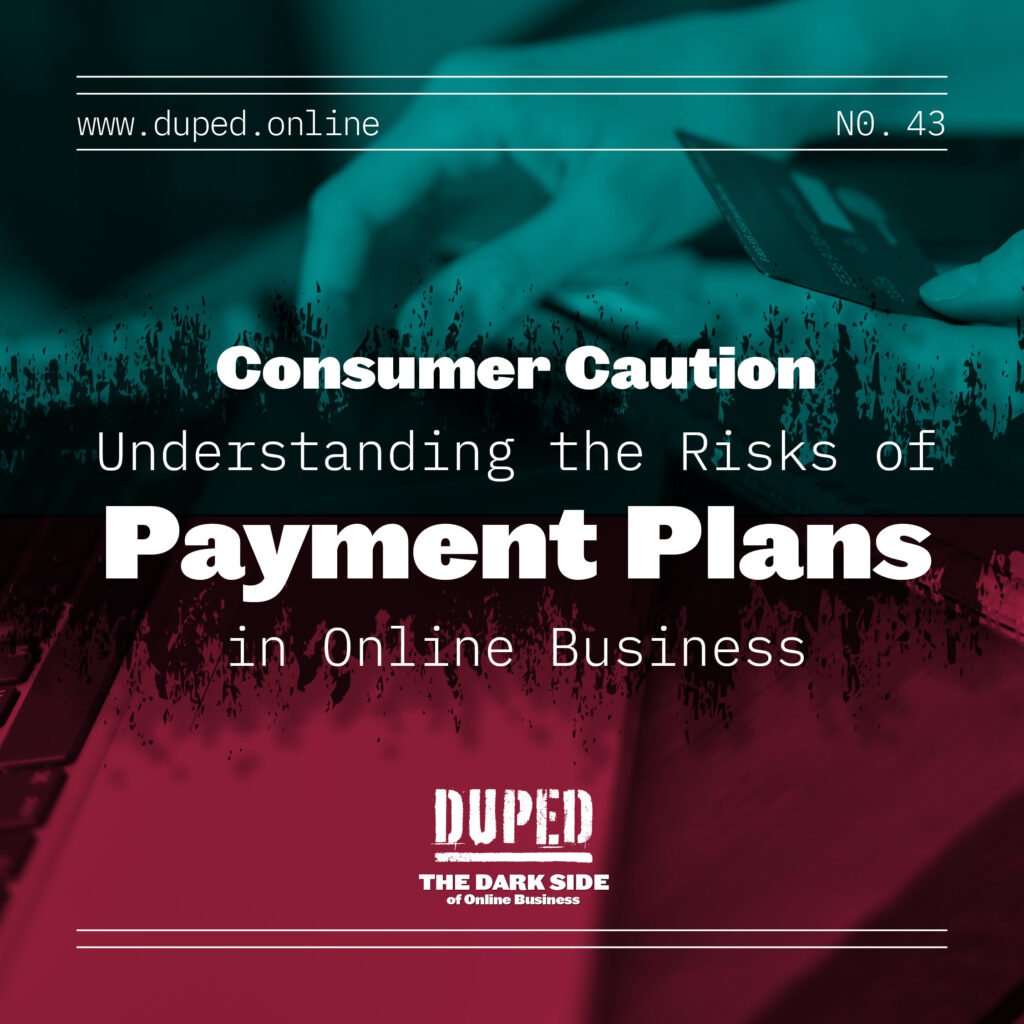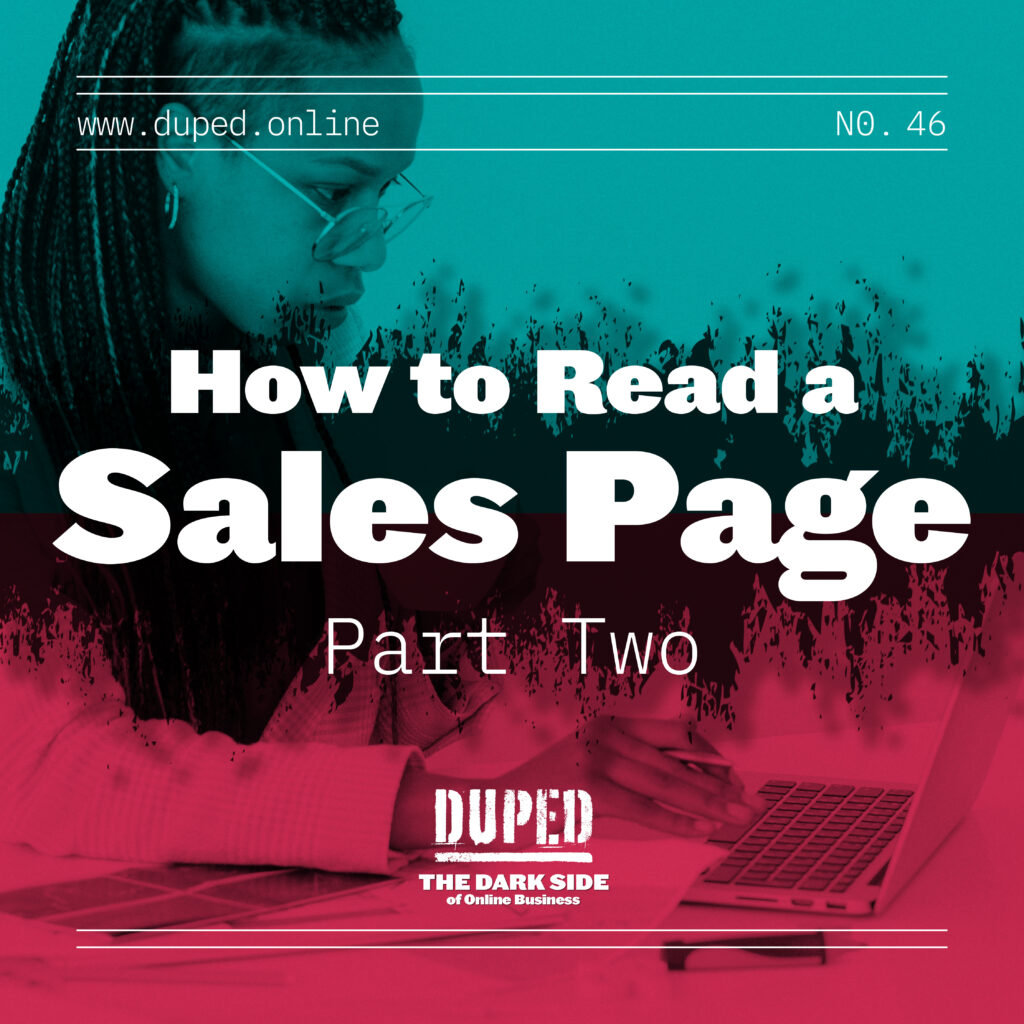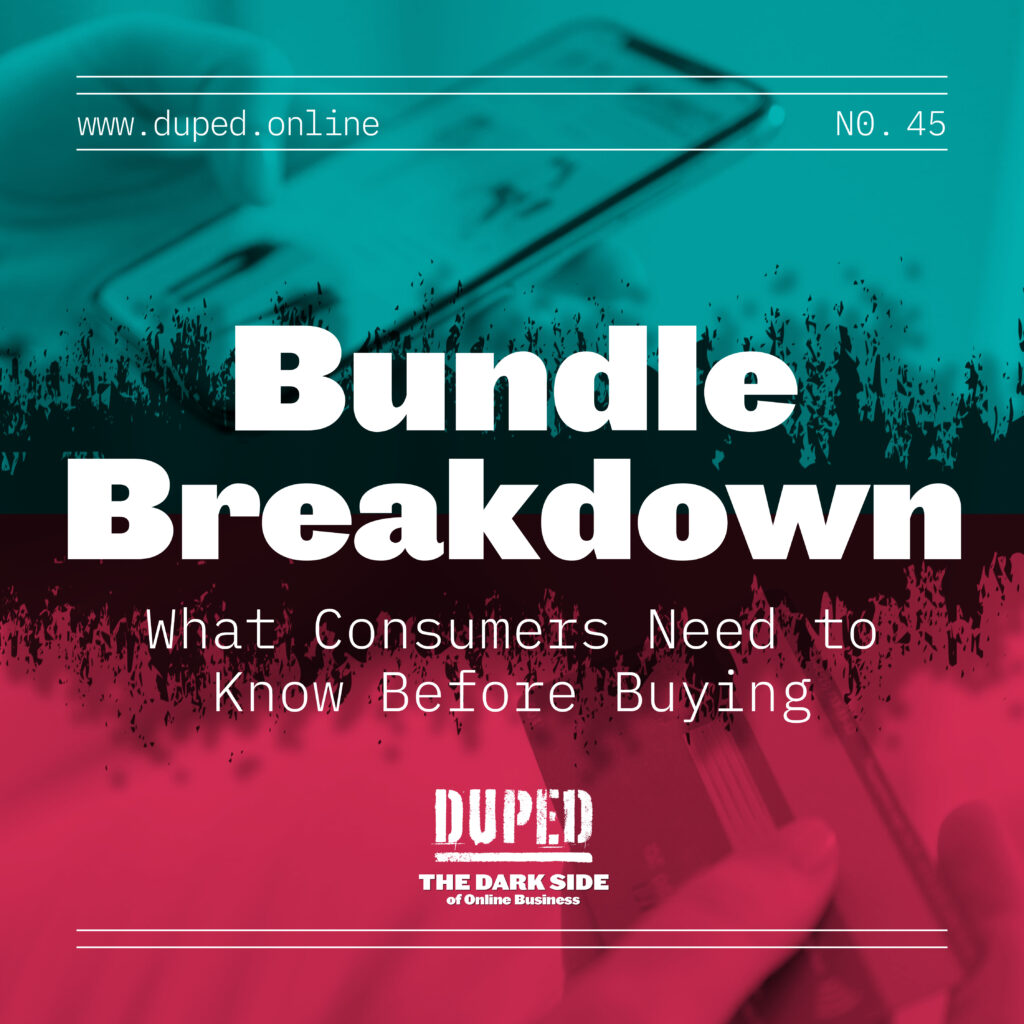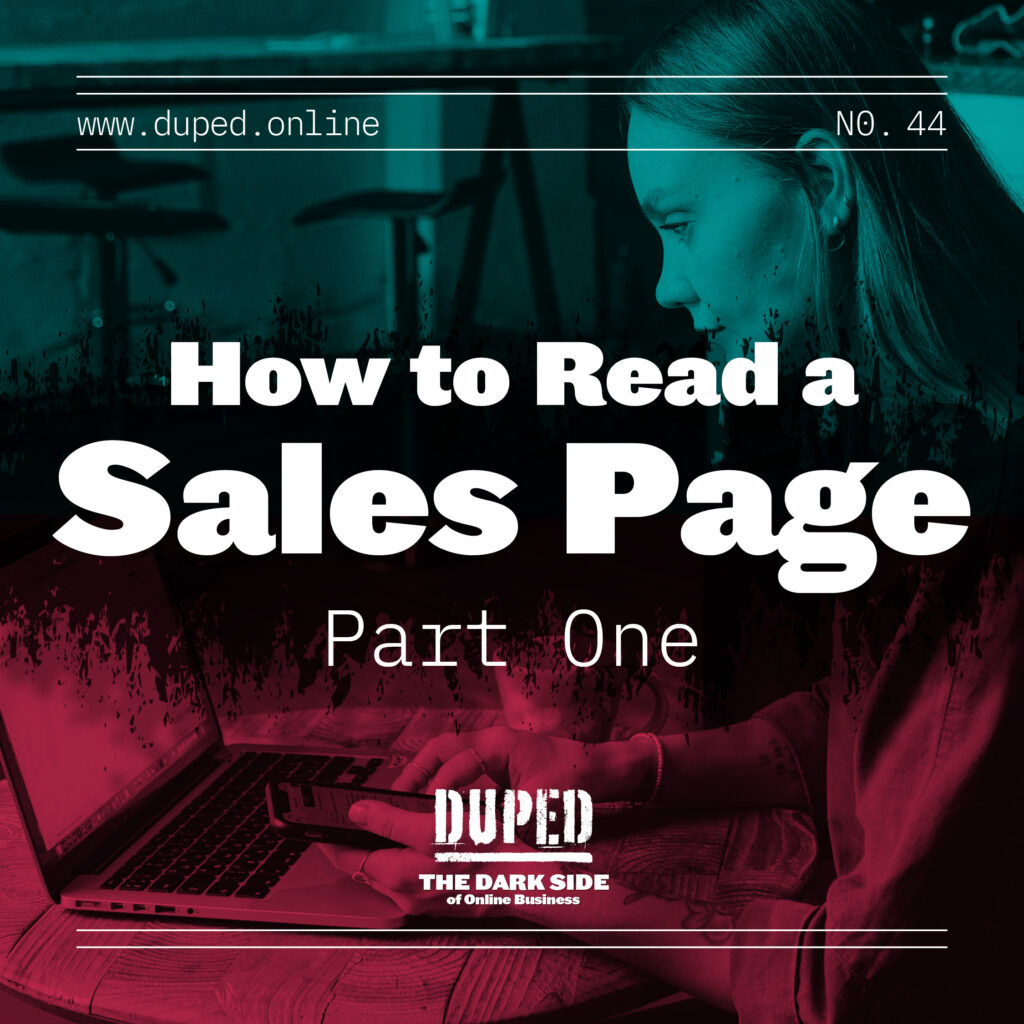
How to Read a Sales Page Part One
Sales pages are ubiquitous in online business; many are chock full of manipulation. So today, we will walk you through how to read a sales page so you can make the best decision for your business and not get Duped!

The Psychology of Long-Form Sales Pages
This is part one of a two-part sales page series we wanted to create because we talk a lot about these different manipulative practices, but we thought it would be great to combine everything we talk about in one place so people could have a comprehensive guide to reading a sales page so they don’t get duped.
We know people will tell you that a long-form sales page exists to make sure that you have all the information you need to make a decision.
But really, they exist to wear you the fuck out so you buy.
Once again we turn to Petty and Caccipio’s Elaboration Likelihood Model which proposes that there are two routes to persuasion: Central & Peripheral routes.
When we are on a sales page, we should be relying on the central route that allows for critical thinking, evaluation of an argument, and the ability to make the best decision for our business.
While the peripheral route persuades by using heuristic shortcuts like scarcity, authority, liking, etc.
What determines the route is that we have to be:
- Motivated to process information and
- Able to process information.
While we might be motivated to process a sales page, the longer the sales page the more energy it takes to process it. Our poor brains run out of energy and default back to the peripheral route even if that’s not what is going to help us make the best decision
The longer the sale page, the greater the likelihood you won’t be able to make a reasoned decision. It’s why that countdown timer is so damn persuasive right as the doors are closing.
The purpose of this episode is to get you to slow down and really understand what’s happening on each part of a sales page.
Part one covers program promises, pain points, and the solution.
The Grift of Program Promises
Let’s start with what you’re going to read first
A program promise is what you, as the service provider, program leader, or course creator, can 100% promise to deliver in your program.
The issue is that in online business, many of the things that are promised in programs are nothing that the business owner can promise.
Here are a few examples:
- “Design a thriving, sustainable business and a life you love.”
- “Exponentially Increase Your Income and Impact in Your Online Business”
- “Make Your Business Dream a Reality.”
- “Actionable Advice that Grows a Thriving Online Business.”
- “Scale your business without burnout.”
When you see headlines like this, it should be a signal to your brain to STOP and ask yourself two questions.
- Can they really deliver on that promise?
- What are you really creating in that program?
While a program might promise you a sustainable business and life you’ll love – what you’re really creating in that program is a membership website. I don’t think a membership can guarantee you’ll love your life.
After you read the program promise, a sales page tends to turn to you next and discusses one of our favorite topics: pain points.
Agitating Pain Points
Michelle recently did an episode of her podcast, Make Marketing Suck Less about how to address pain points without being a jerk.
There’s a huge difference between acknowledging someone’s pain points and agitating their pain points.
It’s somewhat nuanced and has much to do with how the copy makes you feel, but let’s talk about the difference first.
When you’re pressing on somebody’s pain points. It’s like seeing a person with a broken leg and walking up to them and kicking them heatedly in the leg until they pay you to stop. Whereas if you see someone with a broken leg and you go out to them, and you acknowledge the broken leg, you acknowledge how they must be feeling, you find out like, oh, What happened? Oh, I’m so sorry that this happened to you. Does it hurt? That’s different. Right? That is empathy.
When you’re reading this section of the sales page, I want you to tune in to how you feel in your body. Do you feel deeply acknowledged or downright anxious?
The purpose of this part of the sales page when it’s agitation your pain points – is to ratchet up the buying tension so you feel like the ONLY solution to your problem is to press the buy button.
Now speaking of solutions…after we hit your pain points, we’ll talk about the solution to your problem with some good old future pacing thrown in for good measure….
What’s the Solution REALLY?
The problem with many sales pages is that by the time they’ve dialed the buying tension up to ten, when you’re keen to hear the solution, you might not actually understand what that solution is.
Case in point: Years back, Michelle had a friend whose business model was speaking and live events. She was thinking of spending a cool $3500 on a business program a well-known web celeb was selling.
When she asked Michelle what she thought, she said, “Do you want to be doing a webinar that leads to a membership program? As that is what this person is teaching in his program.”
She had no idea! None.
Here’s what to think about when you’re reading about the solution.
#1. Do you actually know what the solution is that solves the pain points? So many people are incredibly vague about what their program actually creates.
For instance, when Michelle first started her business she bought a course about how to create a course…so she thought because it was really a marketing program.
If it’s unclear what you’ll be creating in a program or what the specific solution is, that’s a red flag. The reason there are no specifics brings us to the second red flag to watch out for.
#2. The program positions itself as a silver bullet that will fix all your business woes (no matter what kind of business you have). Too many business owners try to cast the widest net possible by saying that they have THE SOLUTION, the PROVEN PROCESS process that will skyrocket your business and work for absolutely everyone. There are lots of ways to solve a business problem.
#3. Future pacing. Here’s a good NLP trick that people talk about all the time. Future pacing is all about getting someone to imagine what it will be like when they get a specific result.
Imagine running to social media to tell everyone about the 10K month you had. How good will that feel
It’s a way to speak to the “supposed” results of the program and build up your desire.
Before we wrap up this part one deep dive on sales pages, we wanted to let you know that ep 46 will be our part two look into sales pages, where we will cover the about section, testimonials, FAQs, and bonuses.
Final Thoughts
Let’s talk about the takeaways from this episode. Here’s what to watch for:
- Be sure you have the energy for critical thinking. Remember, the goal of a long-form sales page is to wear you down so you’re more likely to buy based on social triggers like scarcity instead of reason.
- Ask yourself what’s actually being promised. Is that promise in their control? Realize that no program can promise you more money, more impact, or more time freedom. What are they really promising, and can they deliver on that promise?
- How does the sales page make you feel? Is it making you feel agitated and anxious? Do you feel like crap about yourself? Or does this sales page make you feel seen and heard? If you feel tense and stressed, the sales page is ratcheting up buying tension, and that’s a big old red flag.
- What are they really selling? Do you know what kind of solution you’re actually buying into? If the solution doesn’t make sense, it’s time to walk away.
- Watch out for quick fixes. Any solution that positions itself as THE ONLY way or the proven process that works for anyone is not telling the truth.
Links for this episode:
Join the

Patreon

for only $7/month and get a
monthly bonus episode,
behind-the-scenes content
and more.
